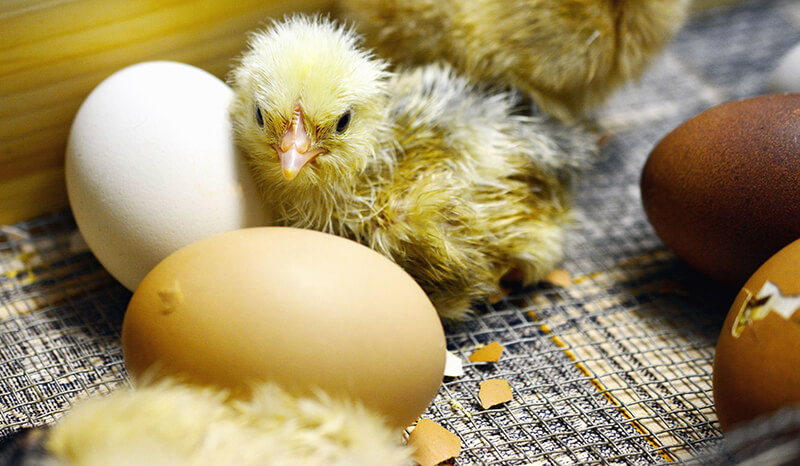
Hatching Science with Classroom Chicks (Grades K-2)
Students explore how an embryo develops inside of a chicken egg over time, discuss life cycles and other natural cycles, and observe similarities and differences between parents and offspring.

Students explore how an embryo develops inside of a chicken egg over time, discuss life cycles and other natural cycles, and observe similarities and differences between parents and offspring.

This lesson highlights awareness of consuming nutrients and calories away from home, and where to find the calorie and nutrition information for foods available in fast food restaurants. It also highlights how to determine individual calorie needs, as well as the number of calories in a typical fast food meal, and it focuses on dietary goals for saturated fat and sodium.
This lesson highlights awareness of consuming nutrients and calories away from home, and where to find the calorie and nutrition information for foods available in fast food restaurants. It also highlights how to determine individual calorie needs, as well as the number of calories in a typical fast food meal, and it focuses on dietary goals for saturated fat and sodium.
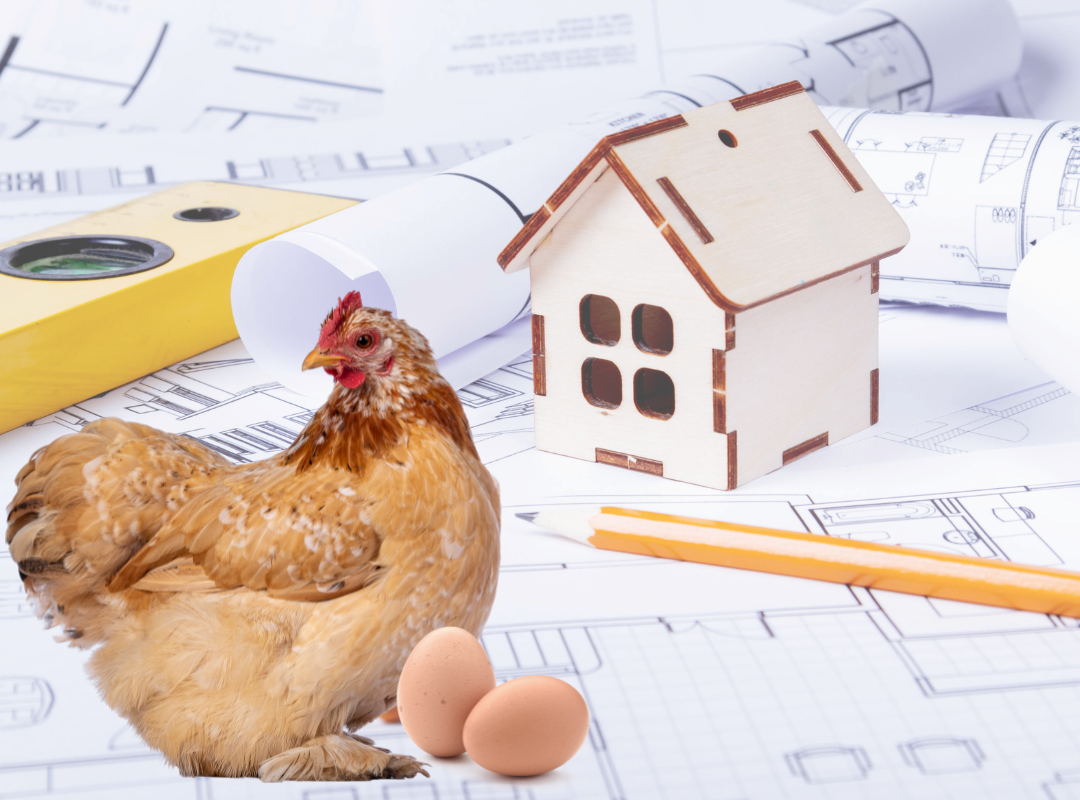
Students will use the Claim, Evidence, and Reasoning model to evaluate styles of housing used for hens that lay eggs. Using critical thinking skills, students will compare housing styles, determine which system meets their animal welfare standards, and engineer their own hen house model to meet the needs of laying hens. This lesson covers a socioscientific issue and aims to provide students with tools to evaluate science within the context of social and economic points of view.

Students use the Claim, Evidence, and Reasoning model to evaluate styles of housing used for hens that lay eggs. Using critical thinking and scientific investigation skills, students will compare housing styles, determine which system meets their animal welfare standards, and engineer their own hen house model to meet the needs of laying hens. This lesson covers a socioscientific issue and aims to provide students with tools to evaluate science within the context of social and economic points of view.
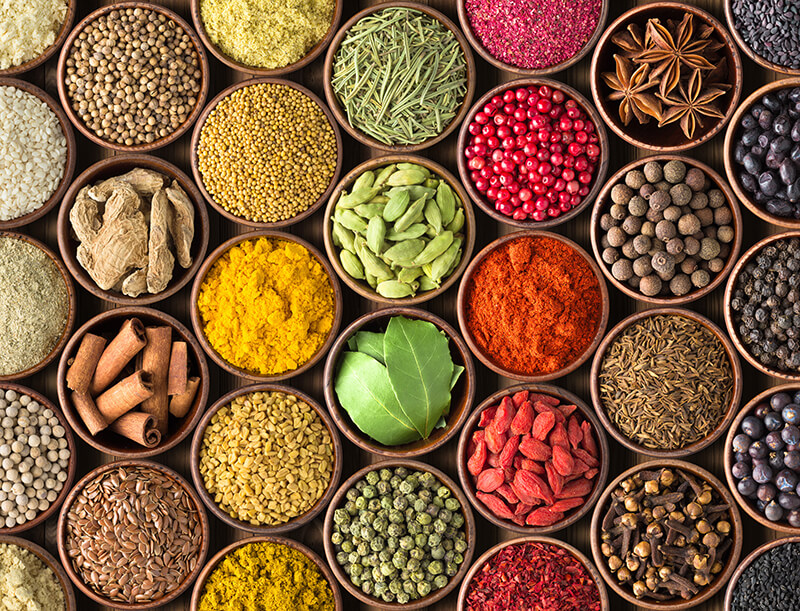
In this lesson students will recognize the difference between a spice and herb, learn how herbs and spices are grown on farms around the world, and participate in a culinary challenge to season popcorn for various cultural cuisines.
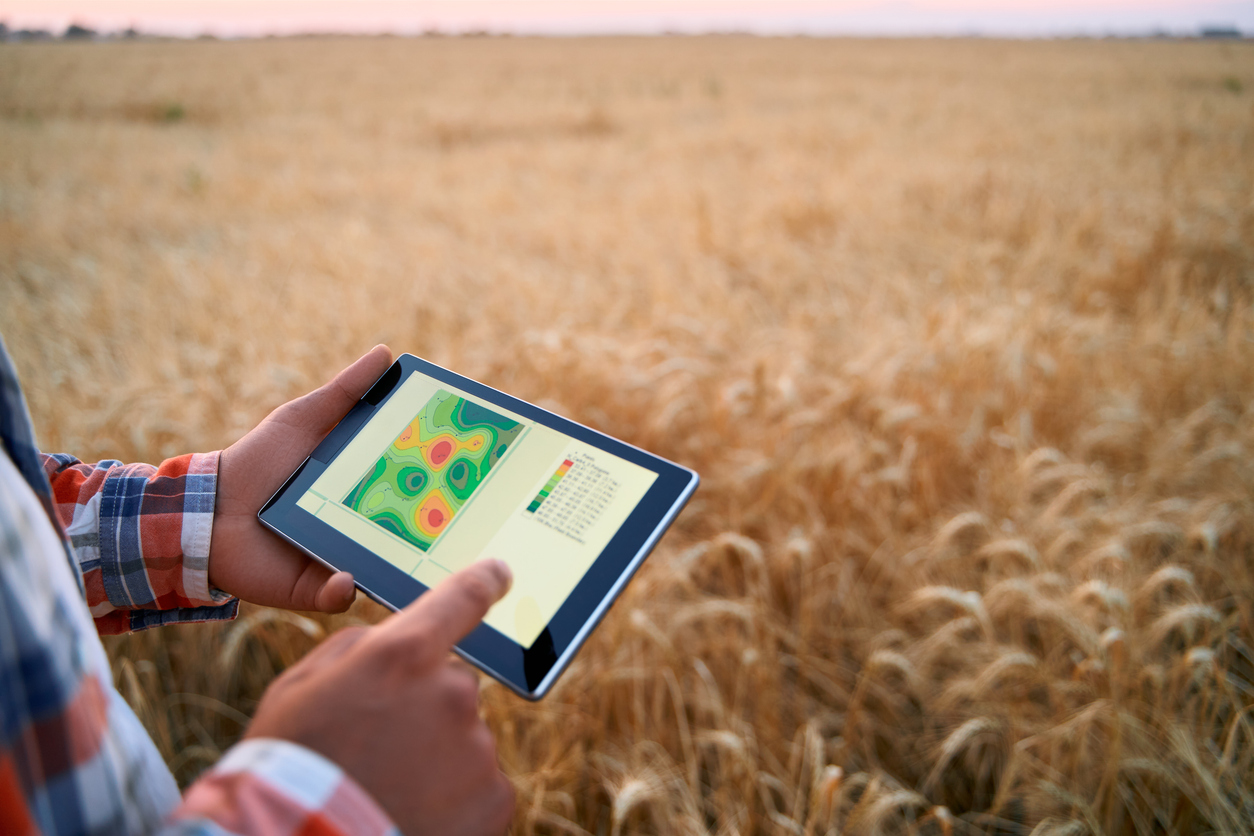
Students discover technologies that are used on farms to increase efficiency and yields and decrease costs and environmental impact.

Students discover technologies that are used on farms to increase efficiency and yields and decrease costs and environmental impact.
Students explore their state's specialty crops, discover how food gets from the farm to the table, and discuss the importance of eating fruits and vegetables every day.
Students design a board game that reinforces how rangelands provide habitat for livestock and wildlife while benefiting humans, animals, and plants and explore the responsibilities of a range manager.
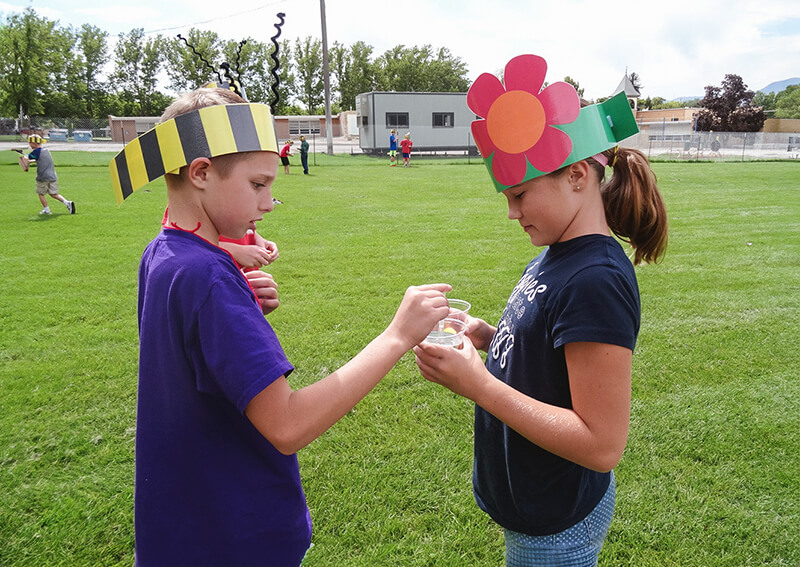
Students identify the parts of a honey bee, the stages of its life cycle, and its role in pollination.
Students will learn about different types of carbohydrates, the role of enzymes in breaking down complex sugars into simple sugars, and how different sugars impact our perception of sweetness and may impact human health.